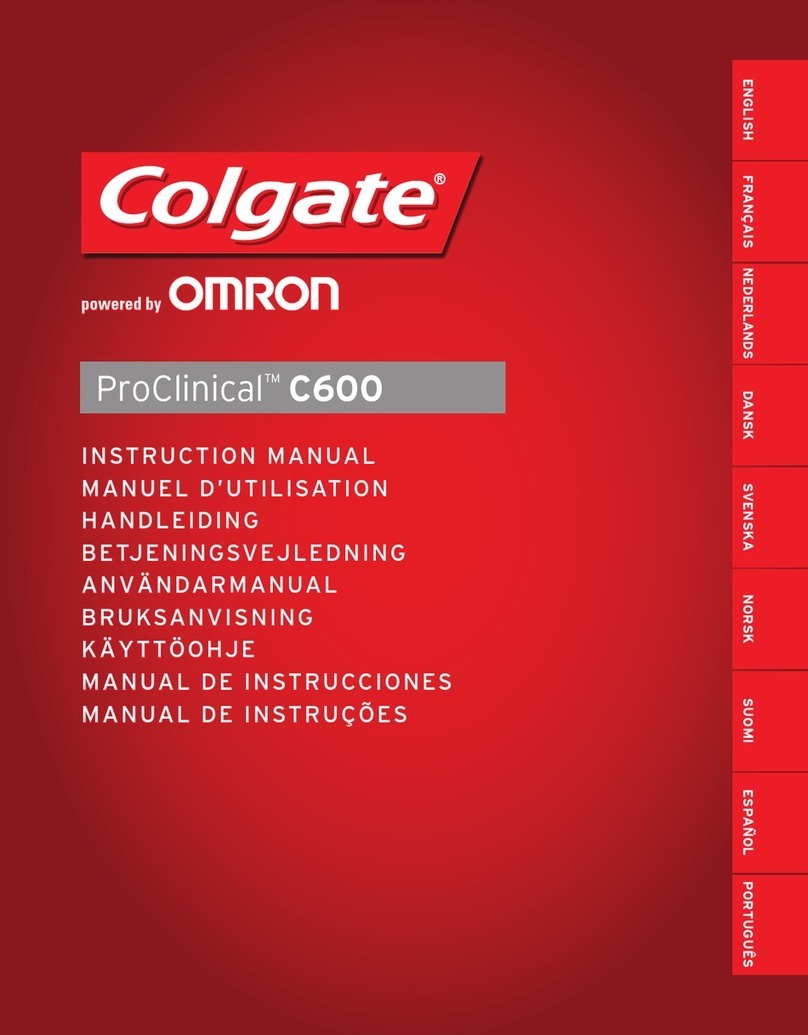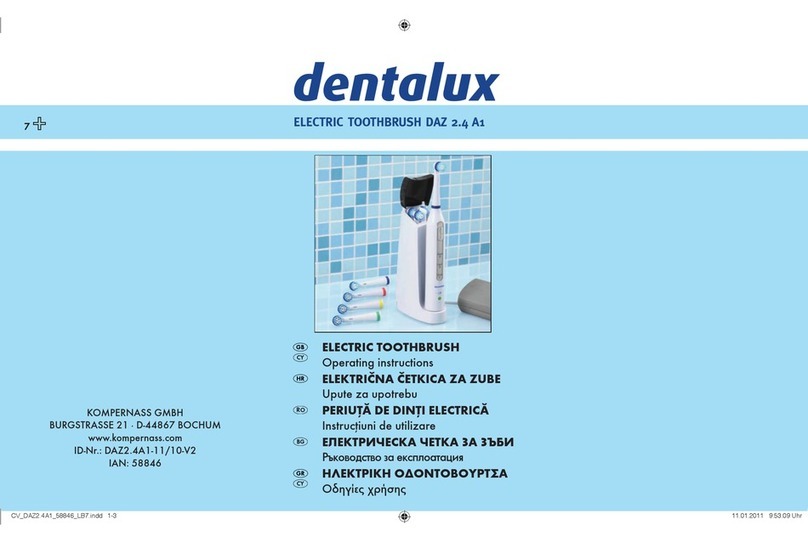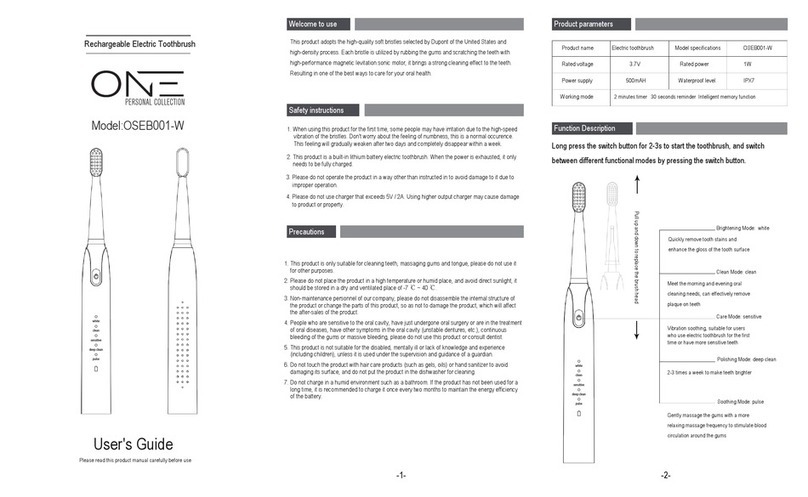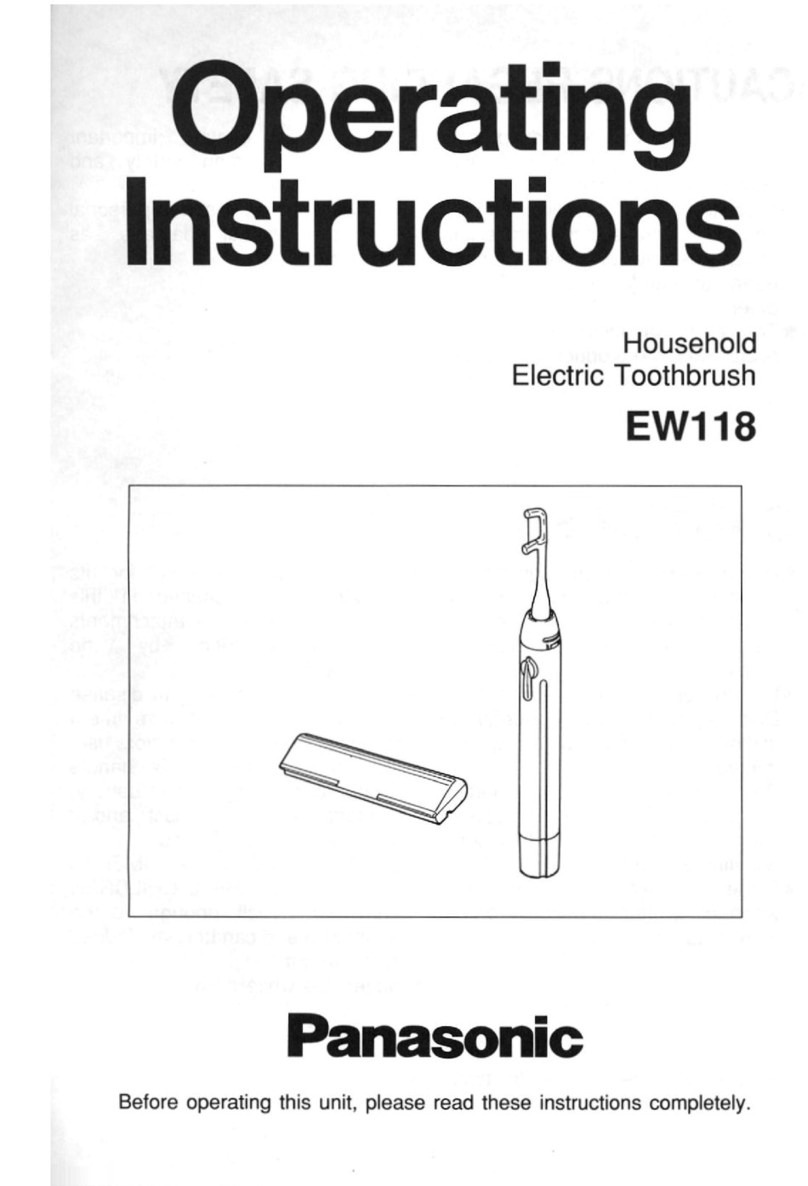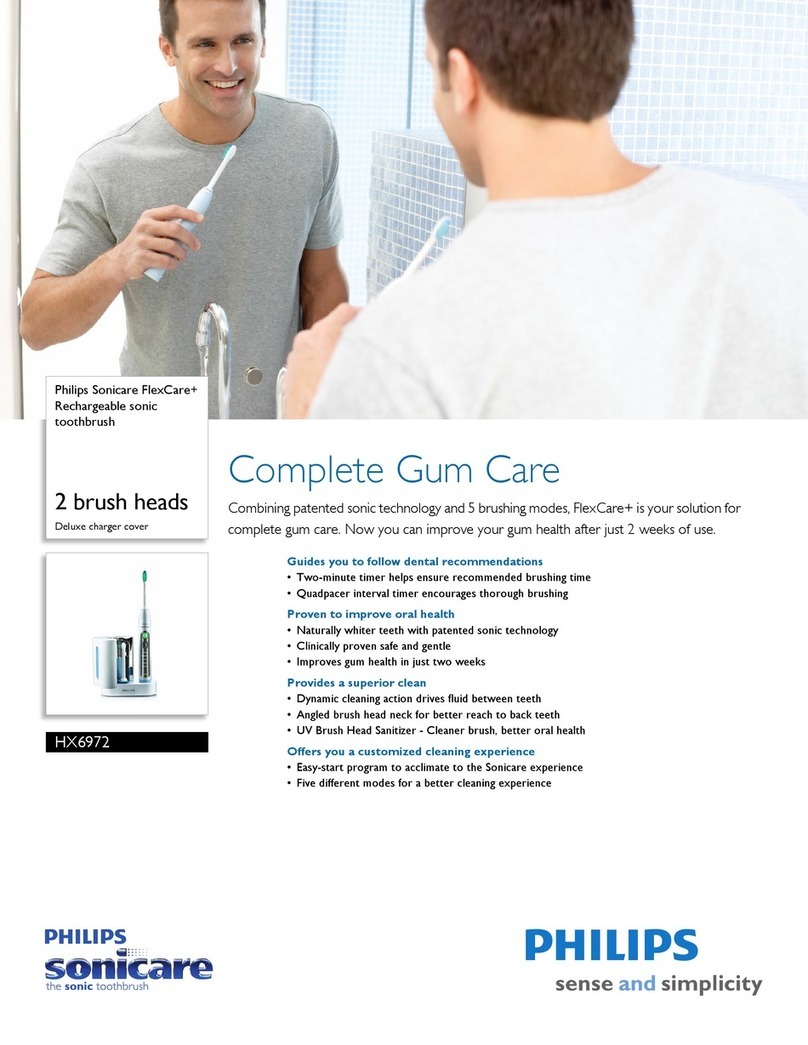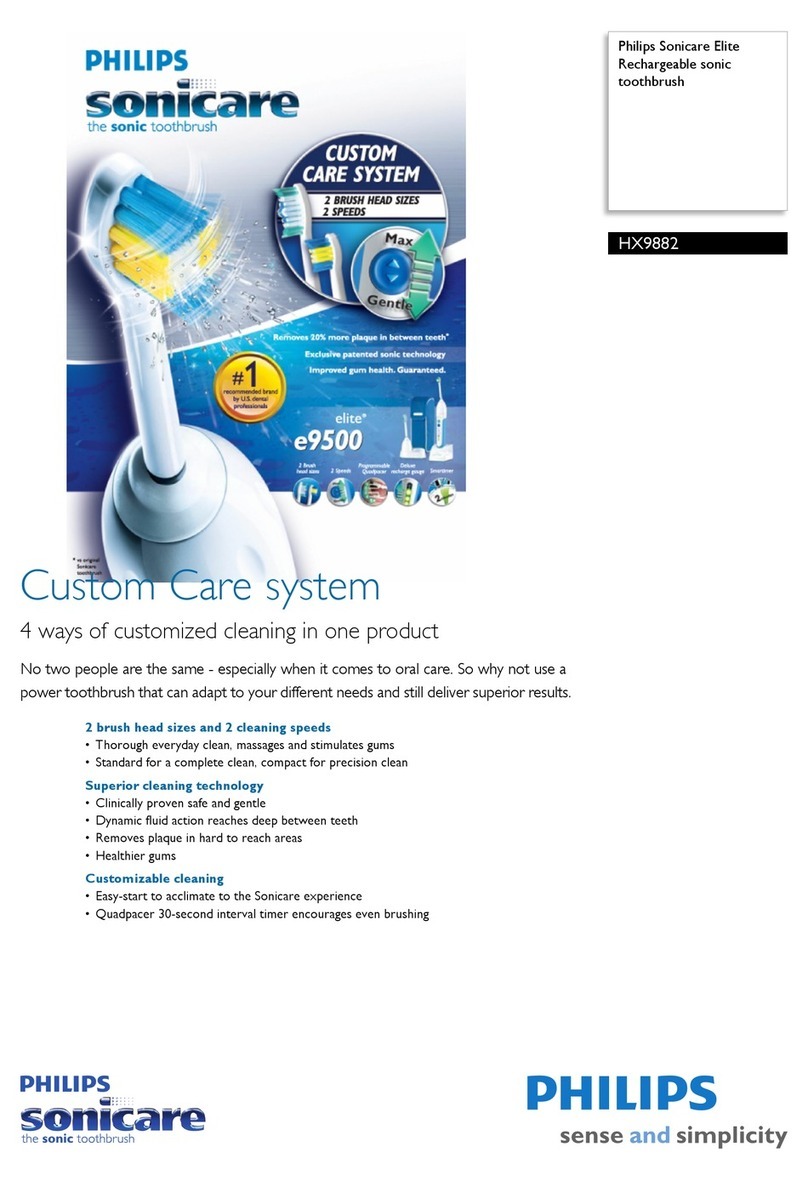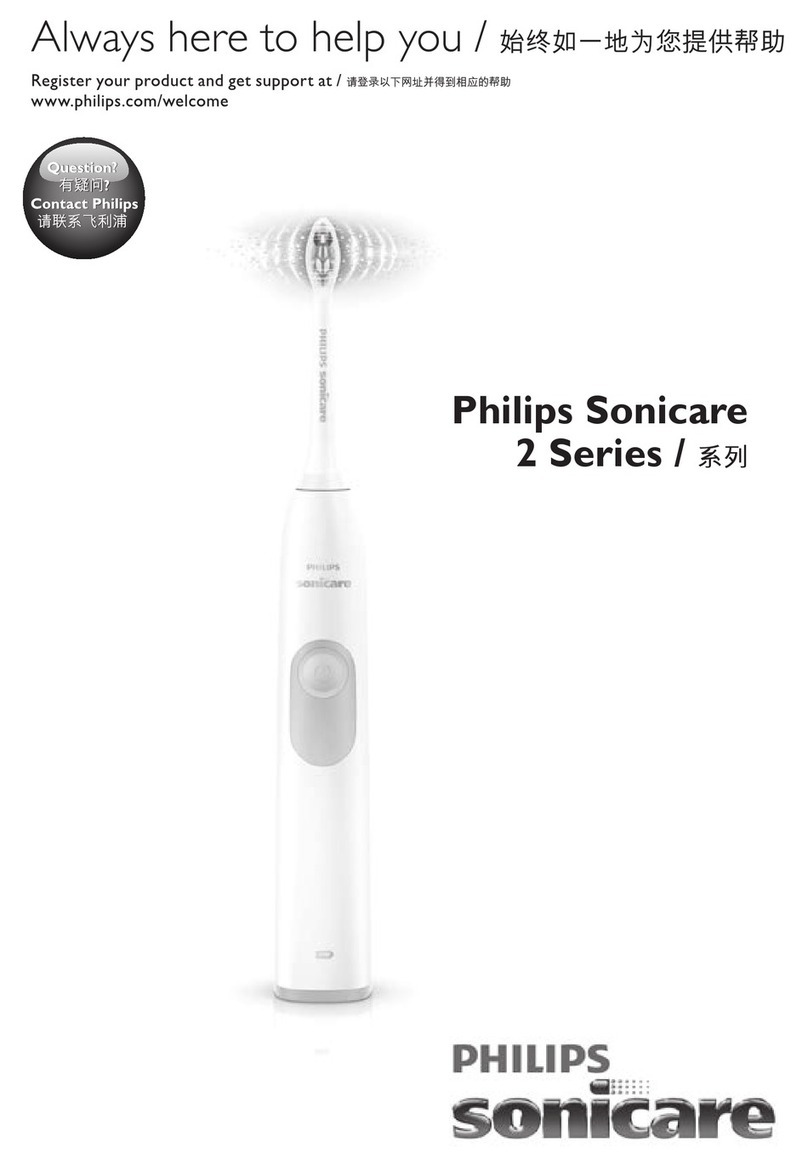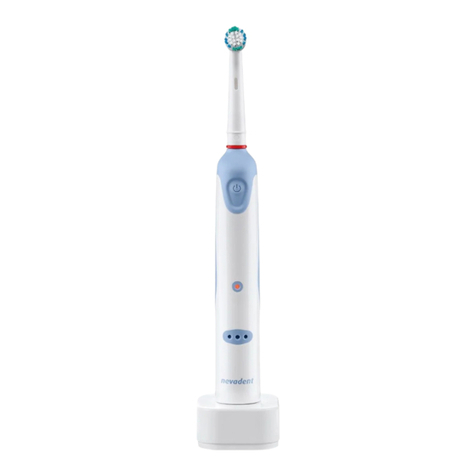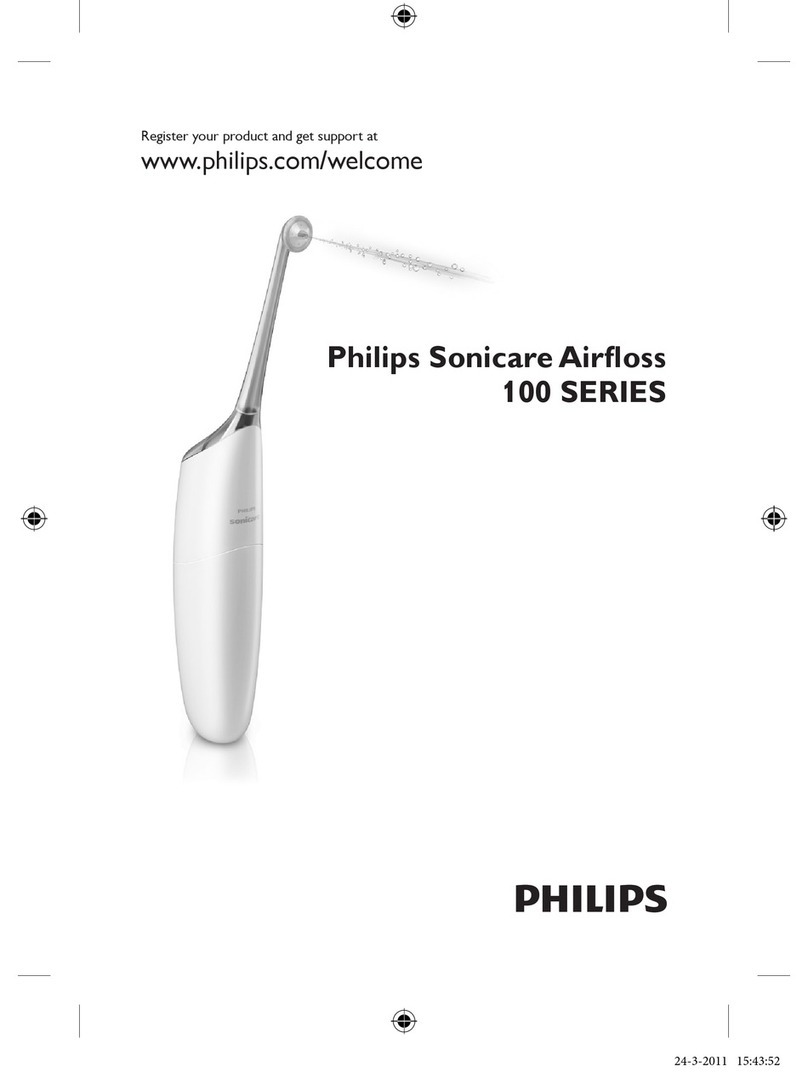
Corporate Headquarters
TOYOSU FORESIA, 3-2-24 Toyosu,
Koto-ku, Tokyo 135-0061, Japan
www.renesas.com
Contact Information
For further information on a product, technology, the most
up-to-date version of a document, or your nearest sales
office, please visit www.renesas.com/contact-us/.
Trademarks
Renesas and the Renesas logo are trademarks of Renesas
Electronics Corporation. All trademarks and registered
trademarks are the property of their respective owners.
IMPORTANT NOTICE AND DISCLAIMER
RENESAS ELECTRONICS CORPORATION AND ITS SUBSIDIARIES (“RENESAS”) PROVIDES TECHNICAL
SPECIFICATIONS AND RELIABILITY DATA (INCLUDING DATASHEETS), DESIGN RESOURCES (INCLUDING
REFERENCE DESIGNS), APPLICATION OR OTHER DESIGN ADVICE, WEB TOOLS, SAFETY INFORMATION, AND
OTHER RESOURCES “AS IS” AND WITH ALL FAULTS, AND DISCLAIMS ALL WARRANTIES, EXPRESS OR IMPLIED,
INCLUDING, WITHOUT LIMITATION, ANY IMPLIED WARRANTIES OF MERCHANTABILITY, FITNESS FOR A
PARTICULAR PURPOSE, OR NON-INFRINGEMENT OF THIRD-PARTY INTELLECTUAL PROPERTY RIGHTS.
These resources are intended for developers who are designing with Renesas products. You are solely responsible for (1)
selecting the appropriate products for your application, (2) designing, validating, and testing your application, and (3)
ensuring your application meets applicable standards, and any other safety, security, or other requirements. These
resources are subject to change without notice. Renesas grants you permission to use these resources only to develop an
application that uses Renesas products. Other reproduction or use of these resources is strictly prohibited. No license is
granted to any other Renesas intellectual property or to any third-party intellectual property. Renesas disclaims
responsibility for, and you will fully indemnify Renesas and its representatives against, any claims, damages, costs, losses,
or liabilities arising from your use of these resources. Renesas' products are provided only subject to Renesas' Terms and
Conditions of Sale or other applicable terms agreed to in writing. No use of any Renesas resources expands or otherwise
alters any applicable warranties or warranty disclaimers for these products.
(Disclaimer Rev.1.01 Jan 2024)
© 2024 Renesas Electronics Corporation. All rights reserved.
